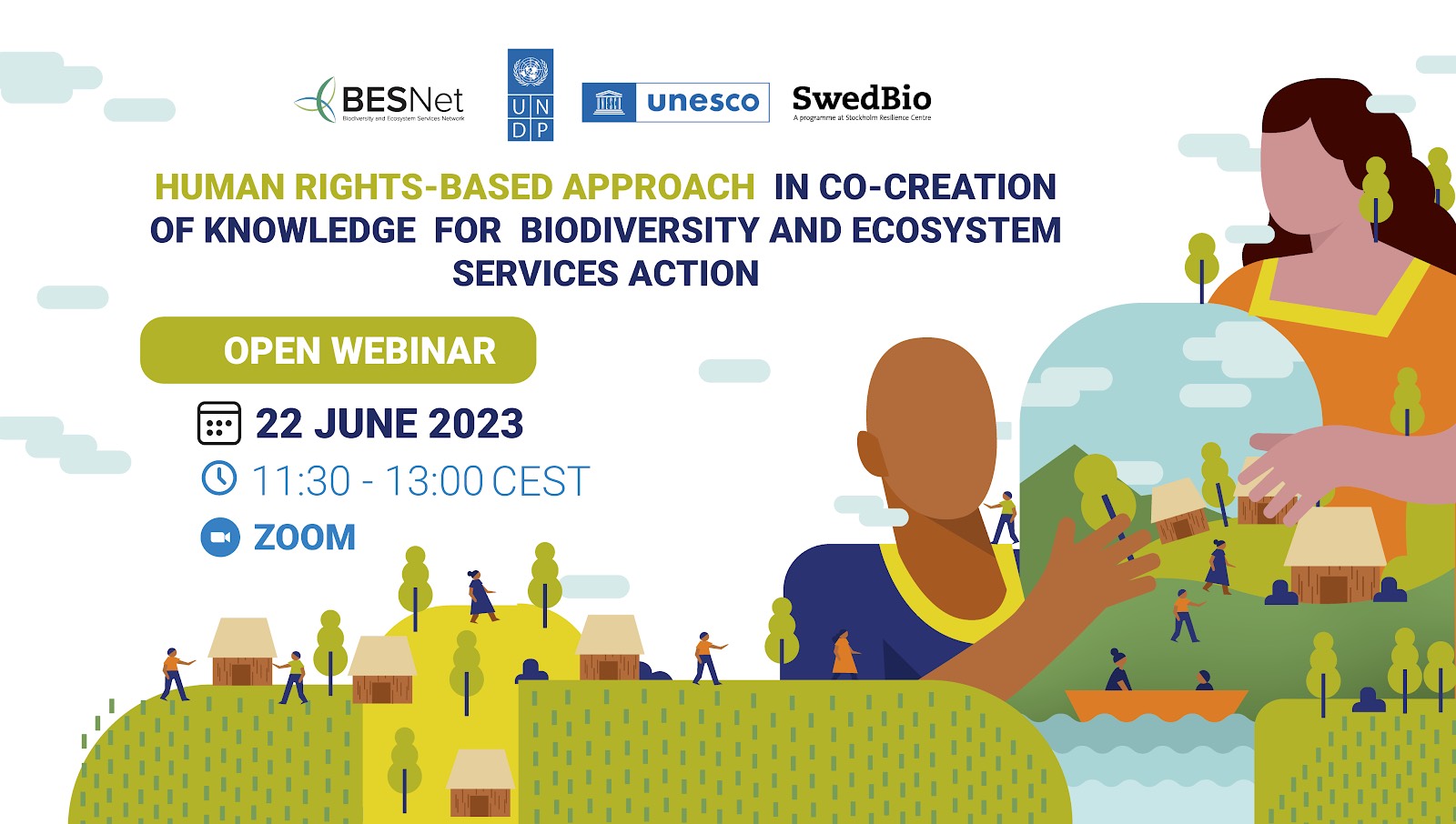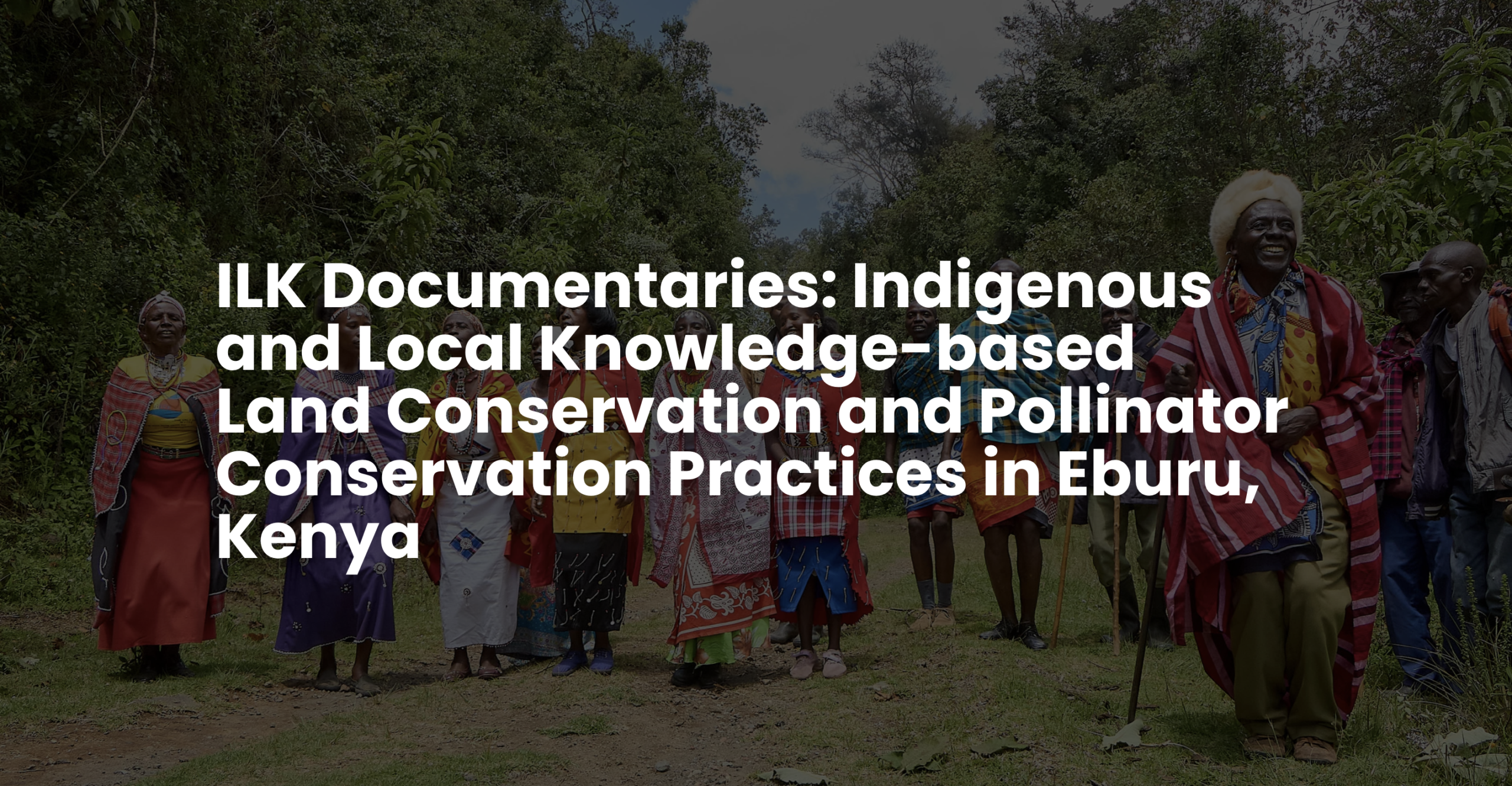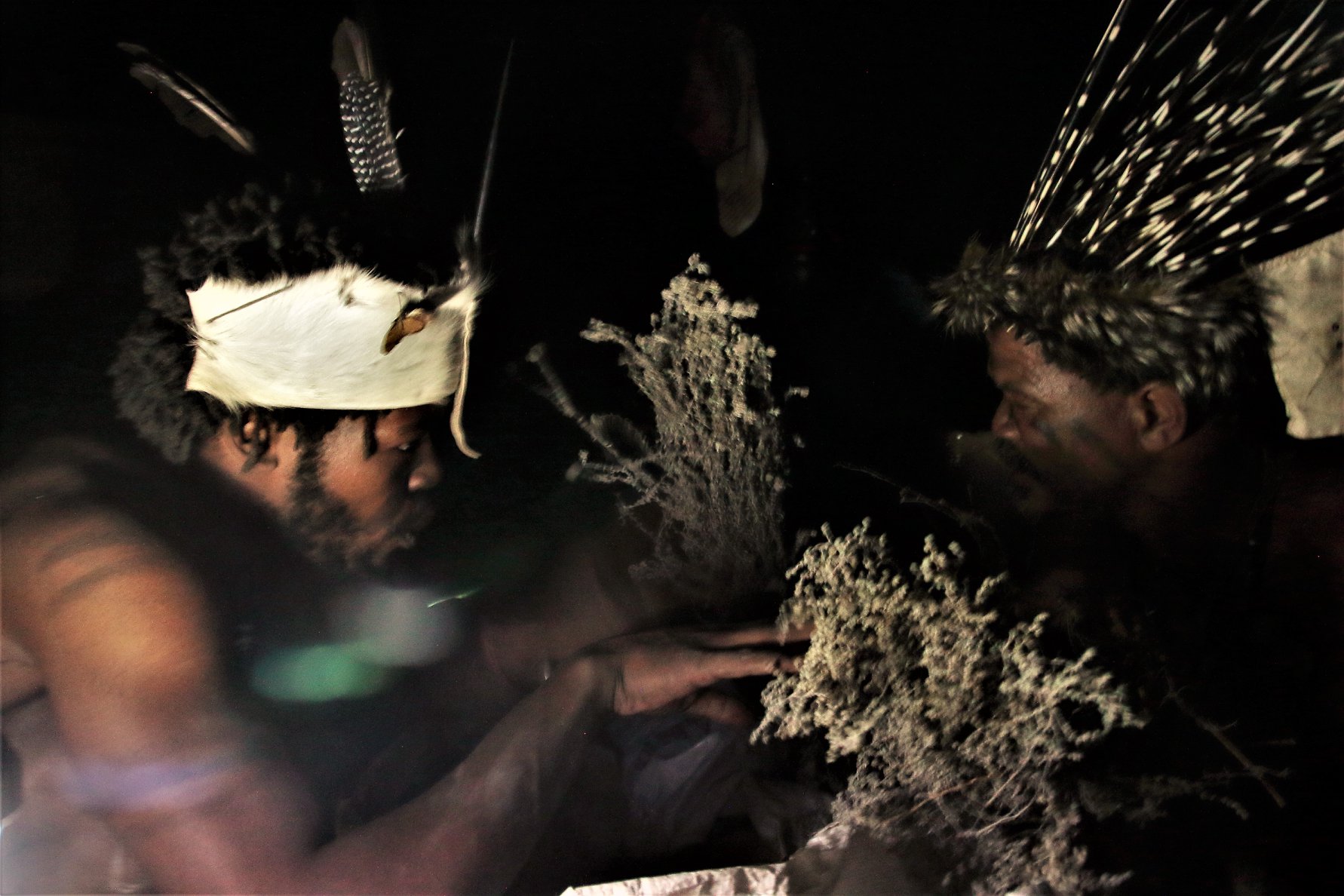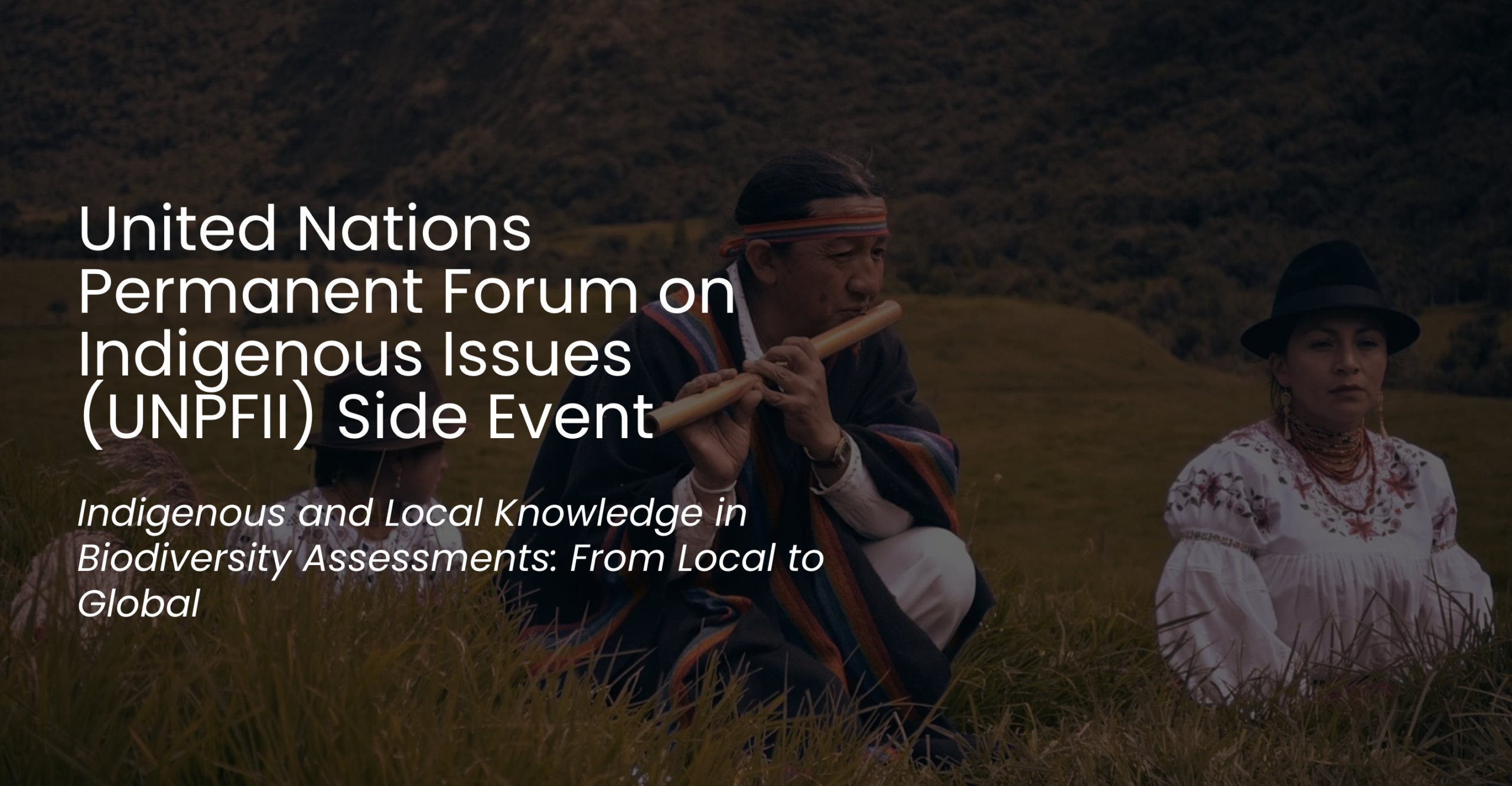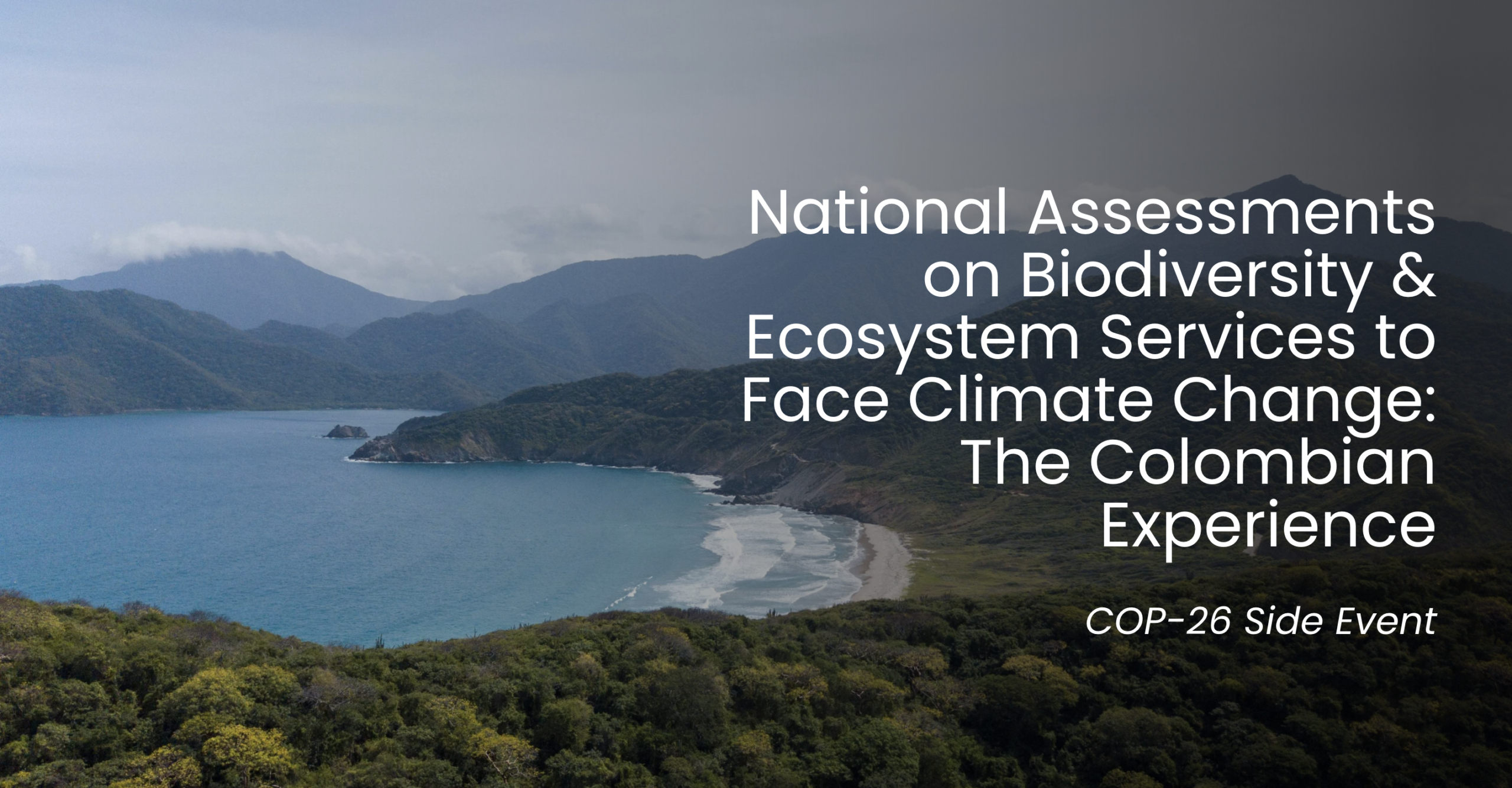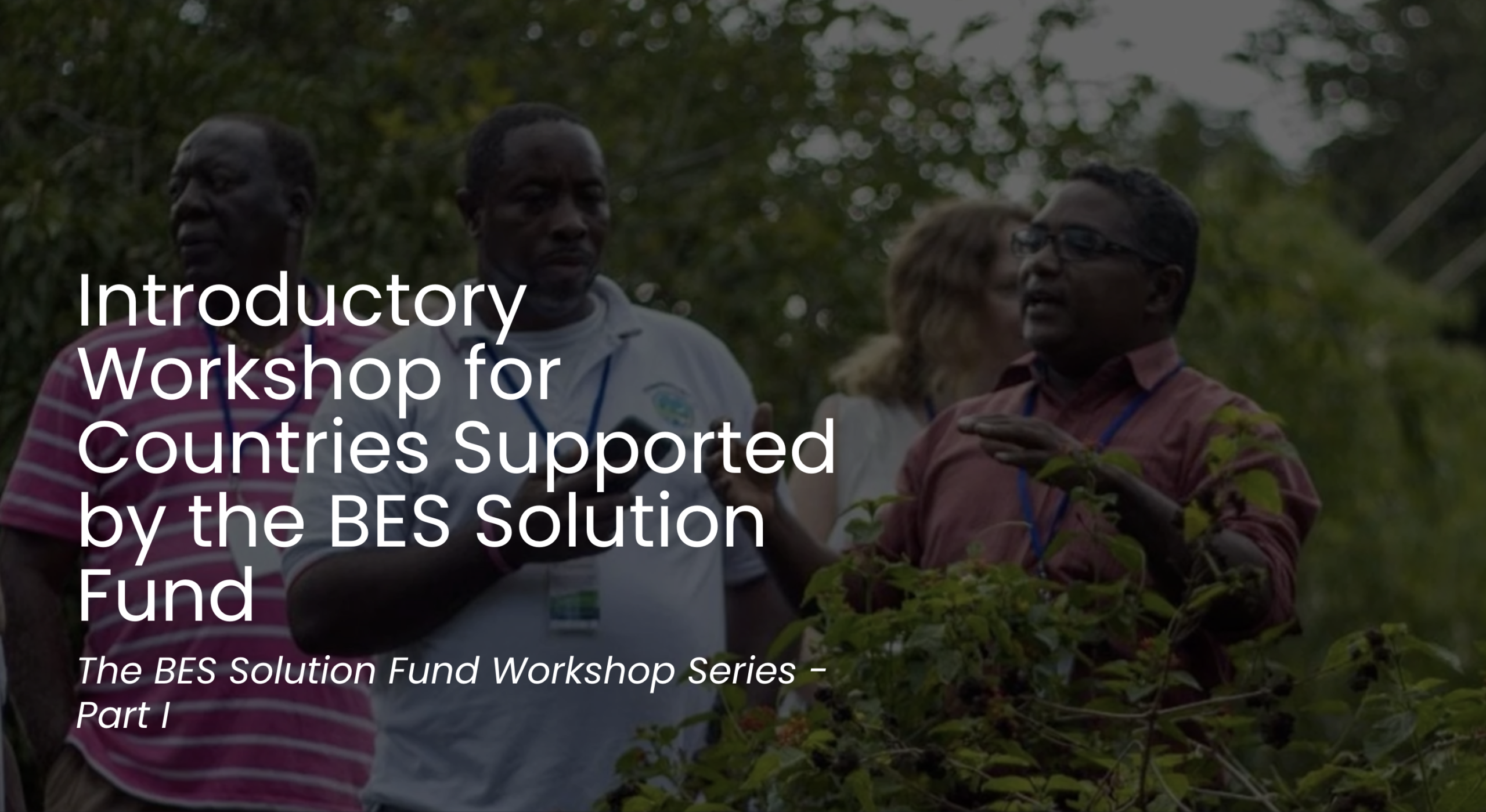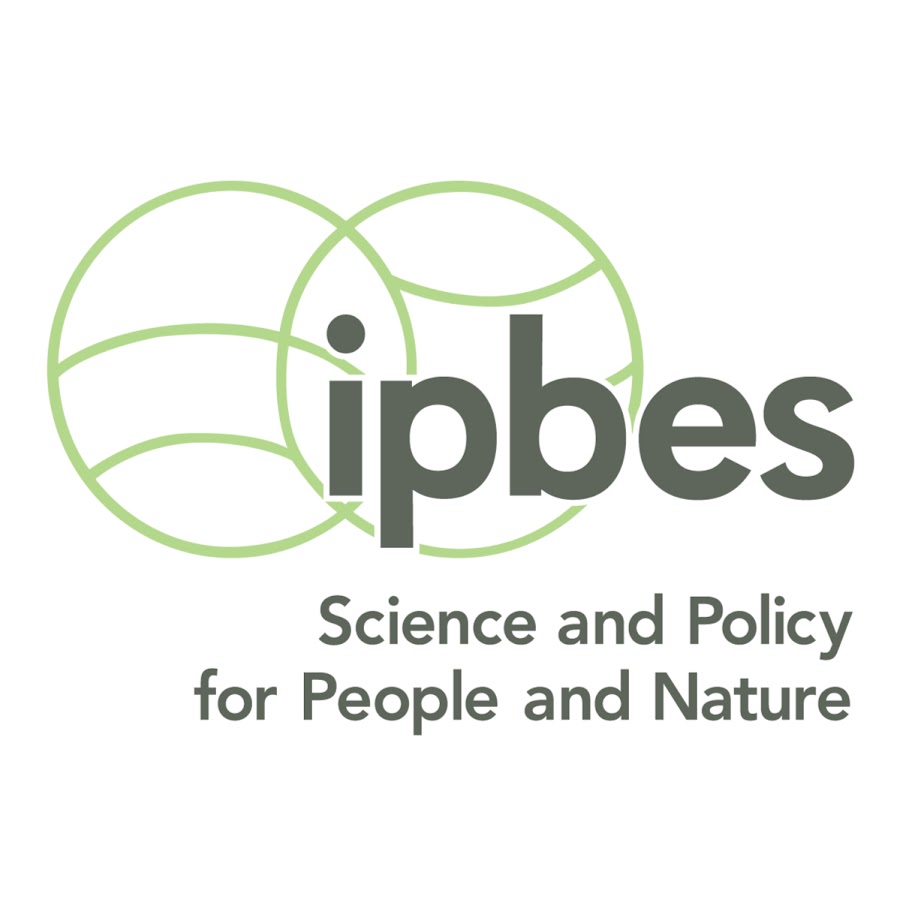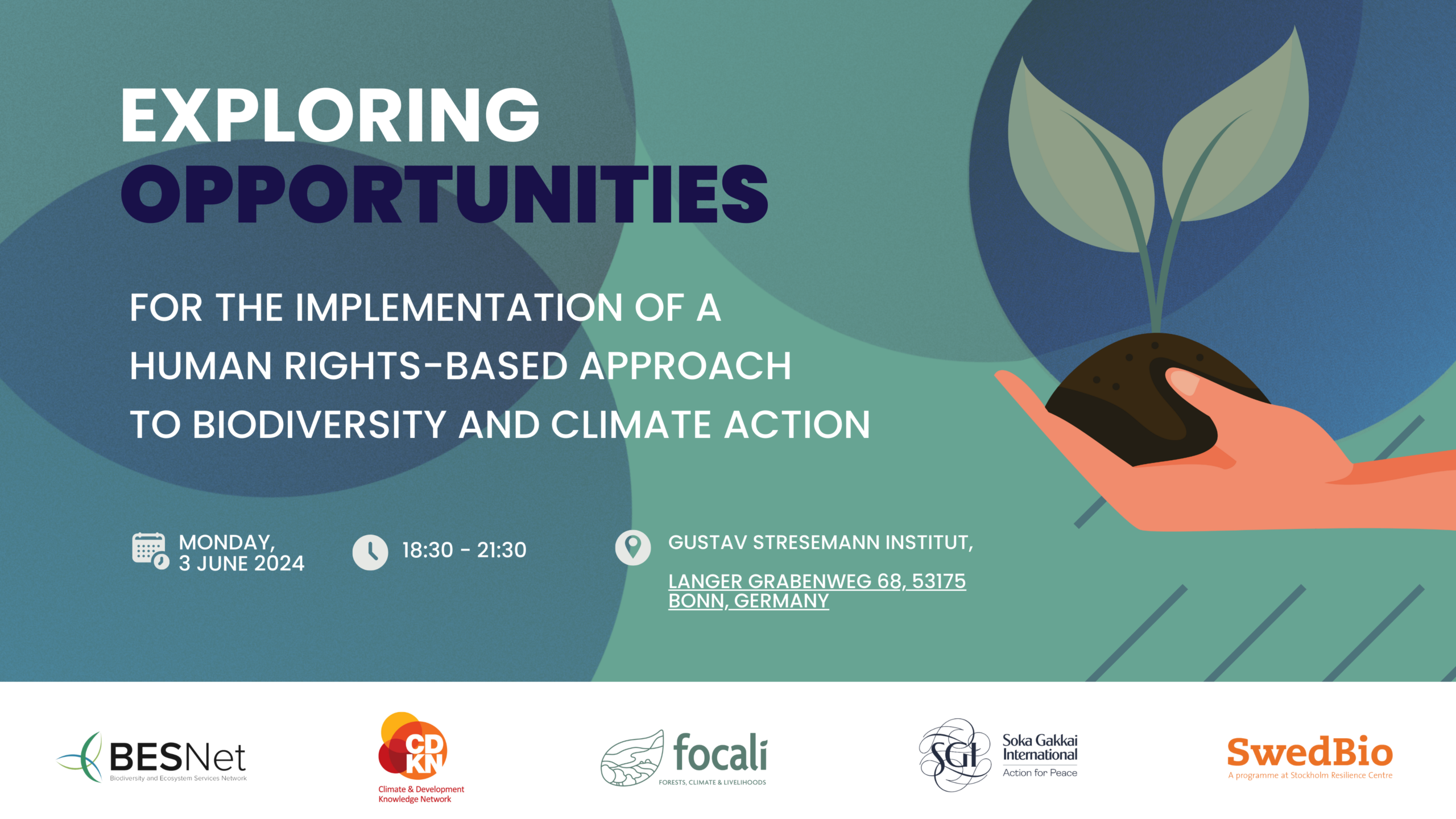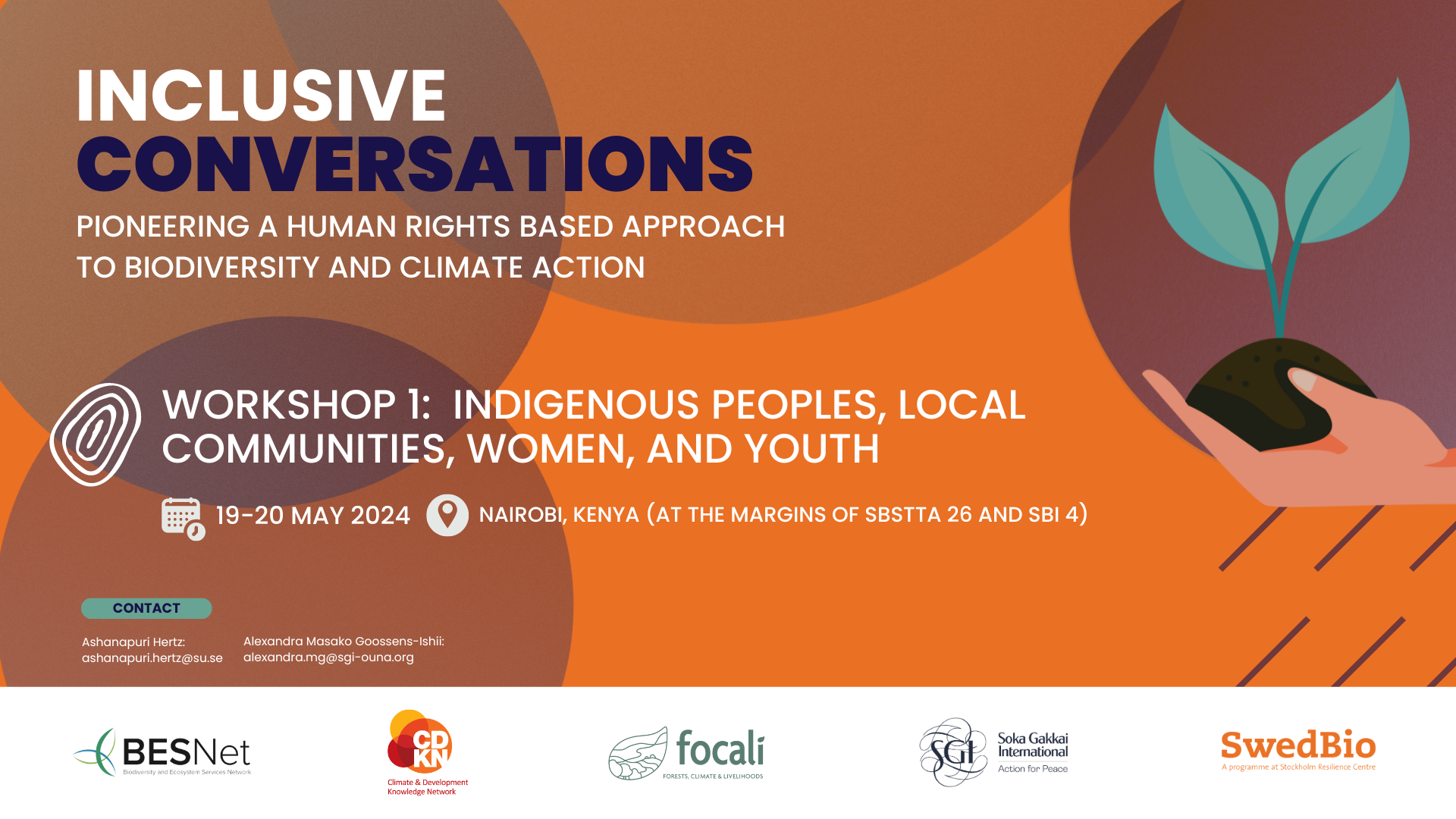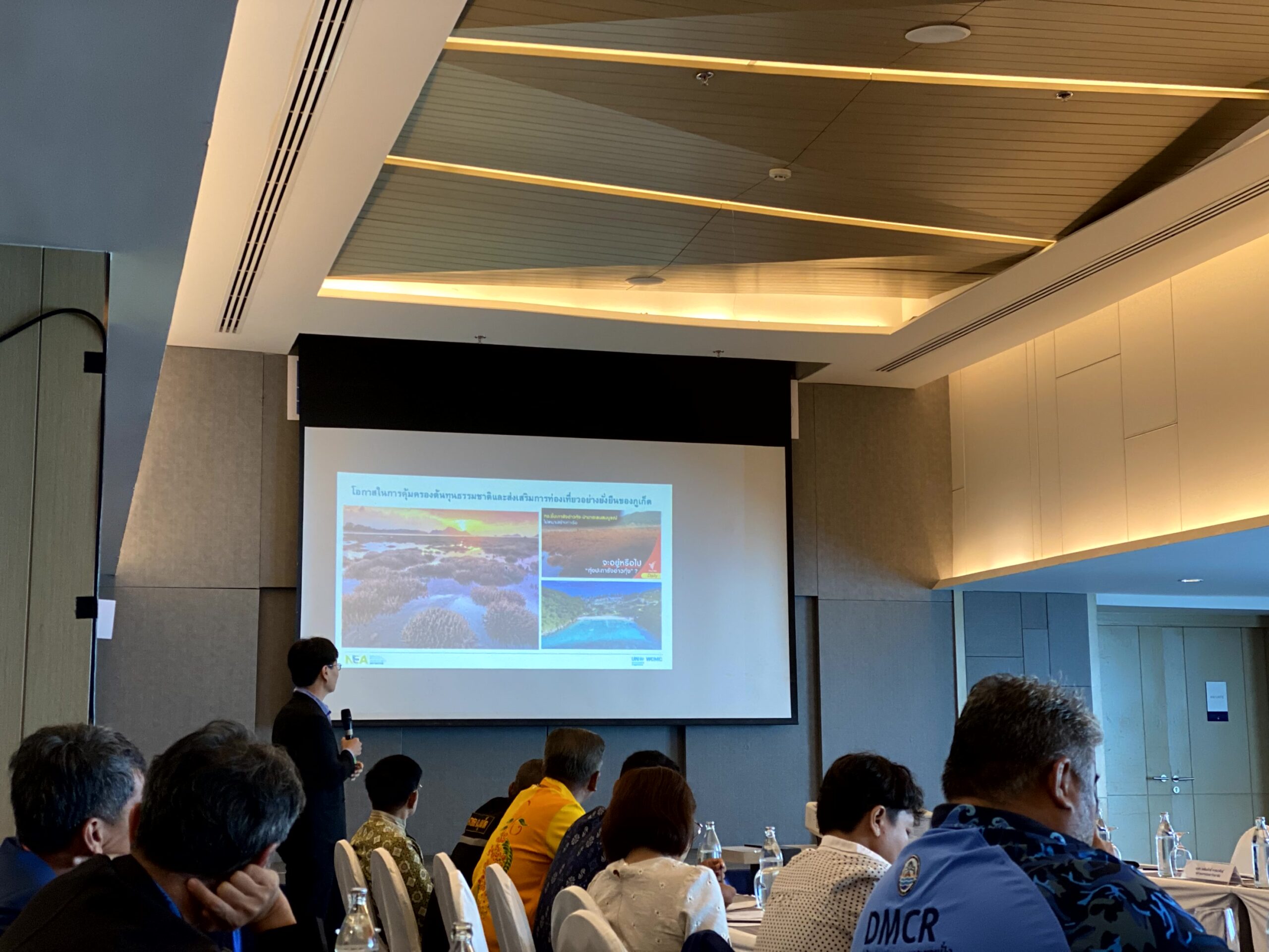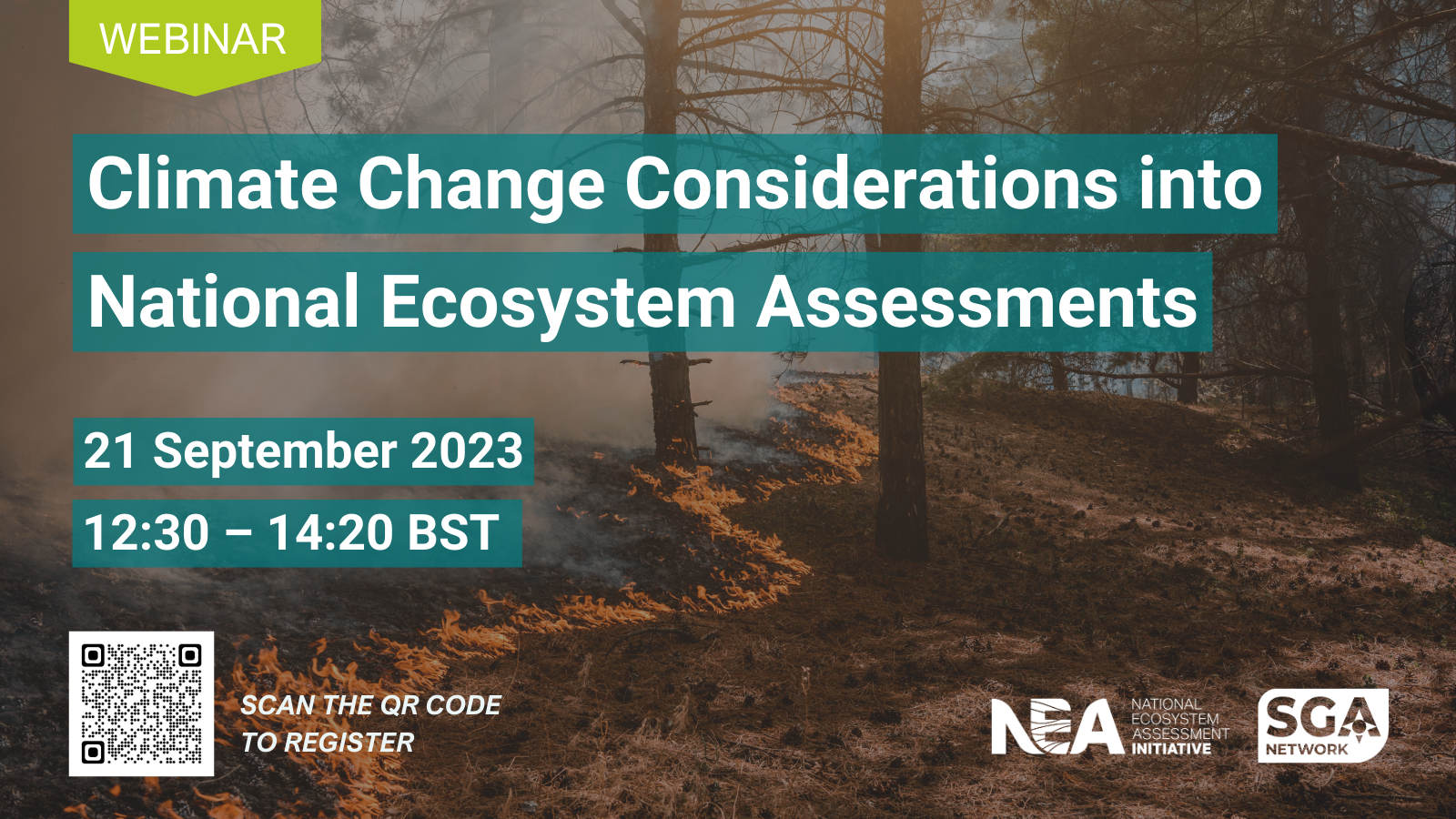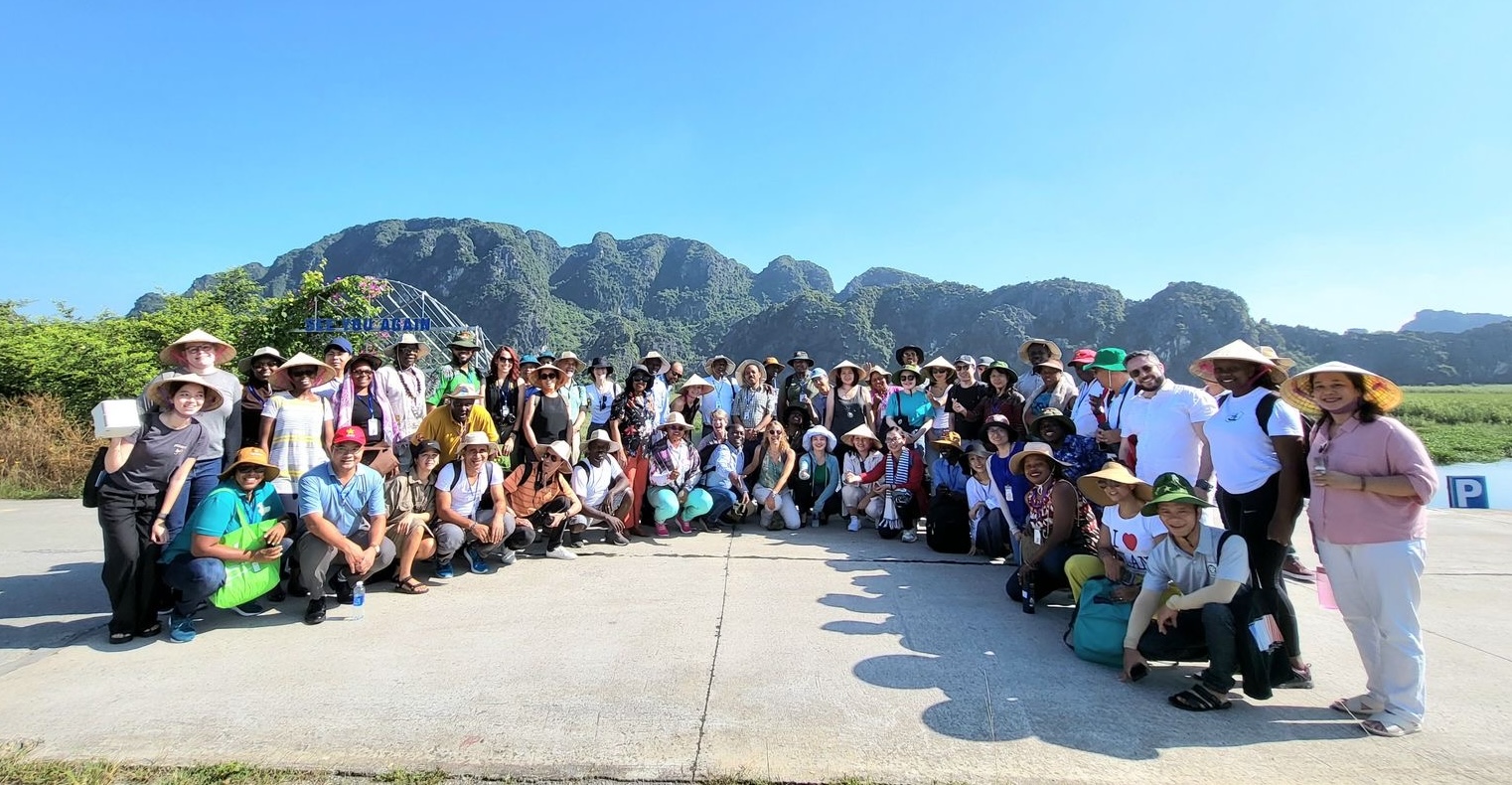The blue economy is gaining popularity in recent years among coastal and ocean sectors as a management tool for attaining Sustainable Development Goals (SDGs), in particular, SDG 14 on Life below Water but also many of the other SDGs. The core value of the blue economy lies in the balance between maintaining a healthy marine ecosystem and ensuring economic benefits from coastal and marine resources for inclusive growth. Popular sectors of the blue economy may include marine ecosystem conservation, sustainable fisheries, ocean energy, marine transport, and coastal and ocean tourism.
In the process for transitioning to a blue economy, sustainable private and public sector finance is a crucial success factor. In this regard, mechanisms to secure long-term funding need to be identified in an iterative manner alongside policy development and sector planning and put in place to support change. Sustainable finance approaches can include public finance mechanisms (e.g., taxes, certification schemes), private sector mechanisms (e.g. increased investment in blue economy enterprises), or mechanisms that combine public and private investment (e.g. blue bonds, debt for nature swaps, payment for ecosystem services or other ecosystem-services based incentive agreements).
There have been various tools developed to guide the efforts towards sustainable finance for supporting the transition to a blue economy, such as the Sustainable Blue Economy Finance Principles that serve as the global guiding framework for banks, insurers, and investors to finance a sustainable blue economy. There have also been guidance documents issued by various institutions, such as the UNEP Finance Initiative’s practical guide ‘Turning the Tide: How to Finance a Sustainable Ocean Recovery’[1] and a report on ‘Financing the Blue Economy in Asia and the Pacific[2] prepared jointly by ADB, UNEP/UNDP Poverty-Environment Action for SDGs project (PEA).
Although there has been growing interest in promoting a blue economy, notably through the 2021 ASEAN Leaders Declaration on Blue Economy, there are challenges that need to be addressed, particularly to significantly scale-up additional finance to support the blue economy transition process. There is a need for clear, universally adopted principles to guide public and private sector financing for a sustainable blue economy. There is also a need for effective enabling policy and regulatory environments that will incentivize investments toward a sustainable blue economy. In addition, identifying and developing bankable blue economy projects, for both public and private financing, remains a significant challenge.
Objectives
This Webinar[3] aims to increase awareness and catalyze action among ASEAN Member States for financing a blue economy by addressing the following issues:
- Existing tools related to financing for a sustainable blue economy (e.g. Sustainable Blue Economy Finance Principles[4], guidance materials, etc.)
- Opportunities, challenges, and lessons learned related to financing for a sustainable blue economy in ASEAN Region, together with case studies from other regions
- The way forward for scaling up the finance for a sustainable blue economy in the ASEAN region
PARTICIPANTS
Representatives of ASEAN member states, ASEAN secretariat, international and regional organizations, and national entities, including non-governmental organizations, the private sector, who are engaged in the activities related to the Blue Economy.




